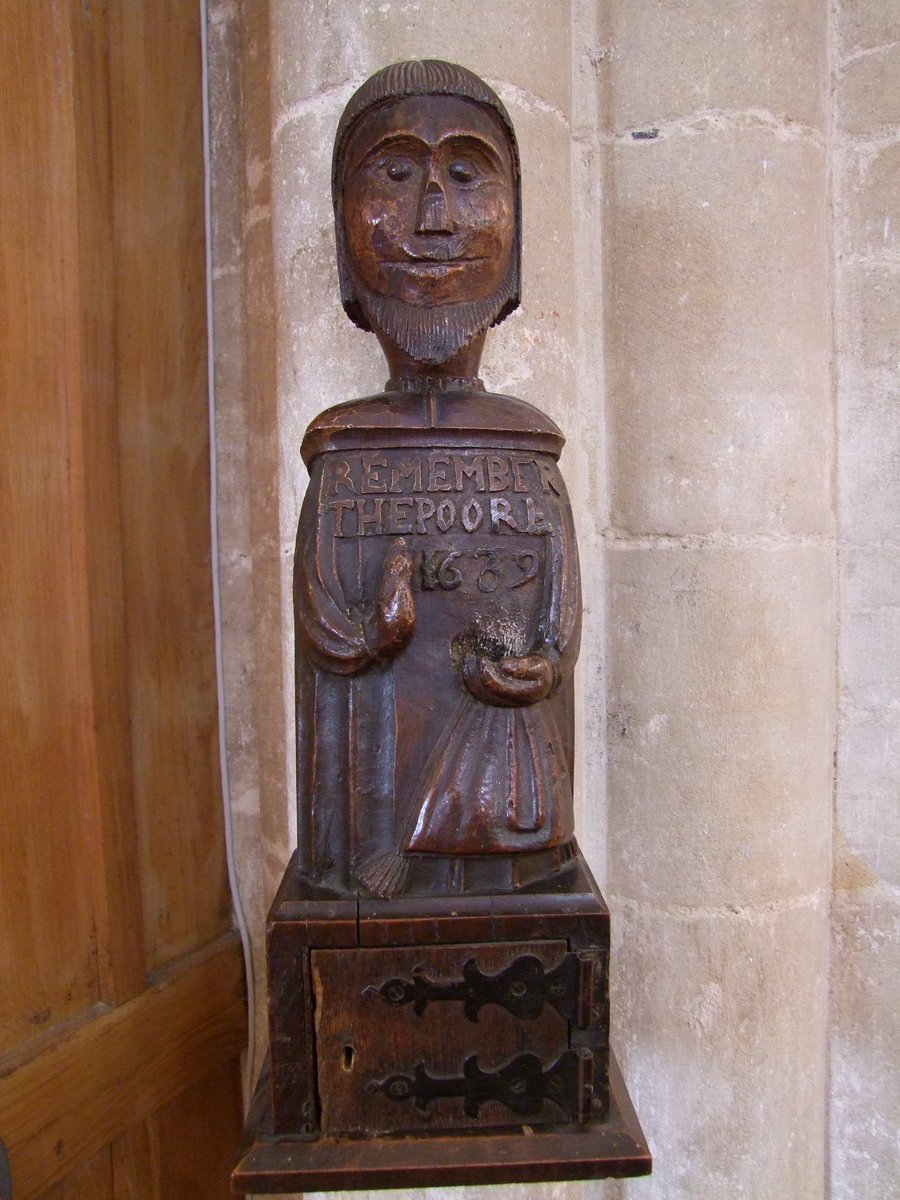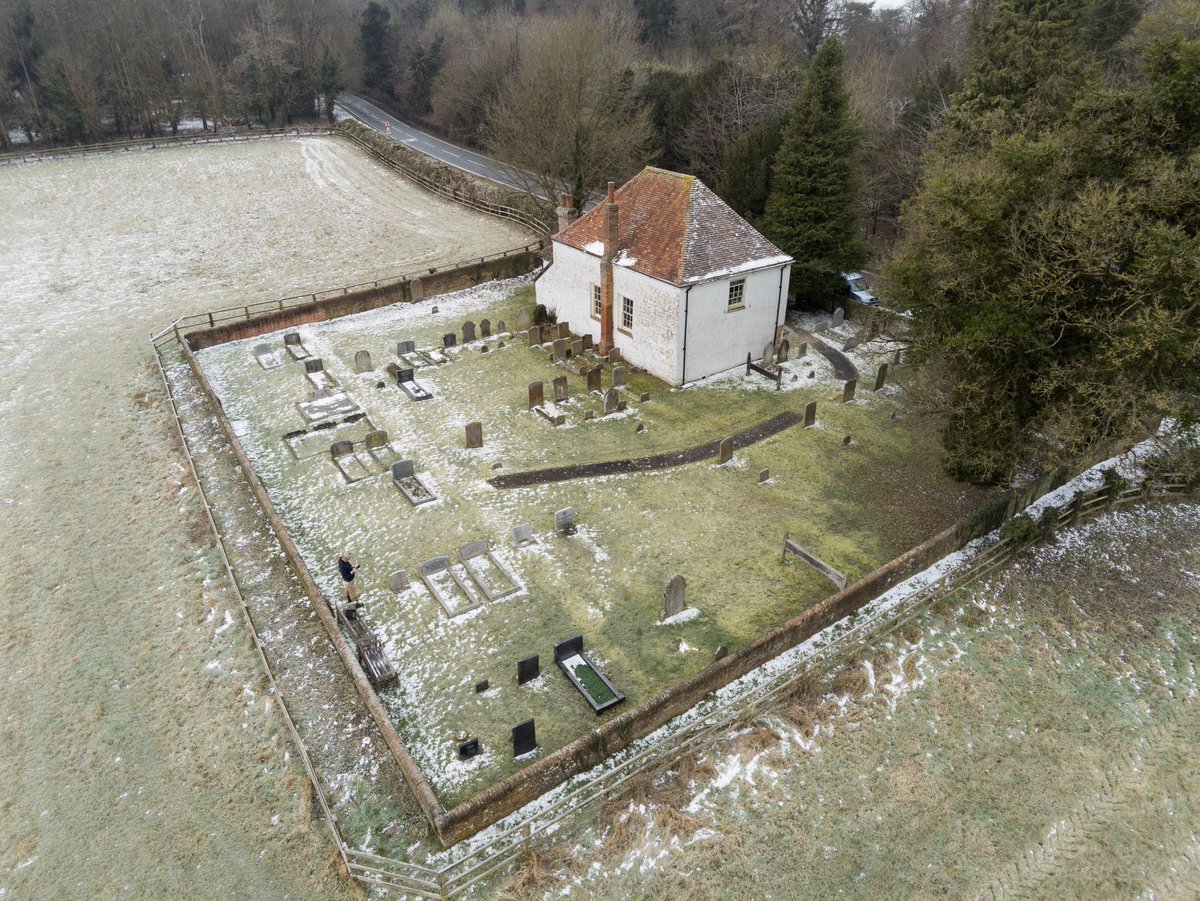
There’s such a romance to brick: they're moulded to fit a human hand, light enough to be carried, and have a soft warmth of colour and texture.
The Romans brought bricks to England, but when they left, they seemed to take brick-making with them.
#thread
The Romans brought bricks to England, but when they left, they seemed to take brick-making with them.
#thread

Traditional bricks were made simply from clay or a clay and sand mix. For a good brick, you need two types of clay: a plastic clay and a sand-rich, non-plastic clay to off-set the tendency of the former to shrink and warp during firing.
3/
3/

The most common clay minerals are silicon dioxide and aluminium oxide, which form a micro-structure of thin sheets. The plasticity of clay is due to the ease with which these sheets slide over each other when wet.
4/
4/

I love the colour variations in bricks – buff to rust, biscuit to plum – and the gorgeous mottling you get within an individual brick. Whilst it is mainly the chemical components in the clay affect the colour, the production process impacts on it greatly...
5/
5/

- if clay isn't mixed thoroughly, different lumps will burn to different shades. The firing temperature, level of oxygen and location within the kiln also all greatly affect the shade and character.
6/
6/

Impurities within the clay ‘stain’ the brick to change the colour or give a brindle appearance. Oxidising conditions at 900°C-1000°C turn most bricks red, but above these temperatures the colours darken.
7/
7/

In reducing atmosphere, where oxygen is restricted or eliminated from the kiln, purple or blue bricks result. Sometimes moulds were dusted with different coloured sands or metallic oxides to achieve specific colours; eg, chromium gives pink, copper green and manganese brown.
8/
8/

Brick-patterning, that is picking out decoration on a façade in different coloured brick, appears to have originated from northern France towards the middle of the 15th-century. It wasn’t long before it became very fashionable in England...
9/
9/

The ornamental header bricks used for patterns were ‘glazed’ with a silver-grey coating of potash – potassium carbonate salt – which is formed when timbers burn. (This effect can't be achieved with coal as the fuel.)
10/
10/

These bricks would have lined the fire-tunnel of the kiln and faced the highest temperatures. Under this intense heat the surface could be vitrified, where minerals ‘melt’ to form a shimmering ashen glaze.
11/
11/

• • •
Missing some Tweet in this thread? You can try to
force a refresh




















